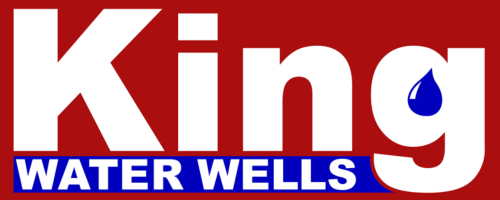Water wells are essential for accessing clean and reliable water sources. Over time, however, wells may experience reduced performance, decreased water yield, or deteriorating water quality. Water well rehabilitation becomes crucial in such cases to restore and enhance the well’s performance. We will explore the importance of water well rehabilitation and its benefits to homeowners, businesses, and communities.
Assessing Well Performance
The first step in water well rehabilitation is thoroughly assessing the well’s performance. Well rehabilitation experts evaluate factors such as water yield, water quality, pump efficiency, and any signs of deterioration. Through this assessment, they identify the specific issues affecting the well and develop a tailored rehabilitation plan.
Cleaning and Disinfecting
One common aspect of water well rehabilitation is the cleaning and disinfection of the well. Over time, wells can accumulate sediment, mineral deposits, or bacterial growth that affects water quality and flow. Well-rehabilitation experts use specialized equipment and techniques to remove these contaminants, ensuring a cleaner and healthier water supply.
Well Development
In some cases, wells may not perform optimally due to inadequate well development during the initial construction or other factors that restrict water flow. Well rehabilitation involves surging, jetting, or air-lifting techniques to enhance well development. These methods remove obstructions, improve well efficiency, and increase water yield.
Pump and Equipment Upgrades
Experts evaluate the condition and efficiency of well pumps and related equipment as part of the rehabilitation process. Upgrading outdated or inefficient pumps can improve water flow and optimize the well’s performance. Well rehabilitation professionals can recommend and install suitable pump upgrades tailored to the specific well and water demands.
Water Treatment Solutions
Water well rehabilitation may also involve addressing water quality issues by implementing appropriate treatment solutions. Water testing helps identify contaminants, such as bacteria, minerals, or chemicals, that may be present in the well water. Based on the test results, well rehabilitation experts can recommend and install water treatment systems such as filters, disinfection units, or water softeners to improve water quality.
System Monitoring and Maintenance
Once the rehabilitation process is complete, establish a regular monitoring and maintenance program for the well. Regular inspections, water quality testing, and ongoing maintenance help identify and address potential issues before they become significant problems. A proactive approach to system monitoring and maintenance ensures the continued performance and longevity of the rehabilitated well.
Cost-Effectiveness and Sustainability
Water well rehabilitation is a cost-effective solution compared to drilling a new well. By rehabilitating an existing well, homeowners, businesses, and communities can save significant costs while benefiting from a reliable water source. Additionally, rehabilitating wells supports sustainability by utilizing and preserving existing water resources instead of relying on new drilling activities.
Water well rehabilitation plays a vital role in restoring and enhancing the performance of wells, ensuring a reliable and clean water supply. Through cleaning, disinfection, well development, pump upgrades, water treatment solutions, and ongoing maintenance, rehabilitation experts address specific issues that impact well performance. Water well rehabilitation is a cost-effective and sustainable approach to maintaining access to clean water. By investing in well rehabilitation, homeowners, businesses, and communities can extend the lifespan of their wells, optimize water flow and quality, and ensure a dependable water supply for years.
